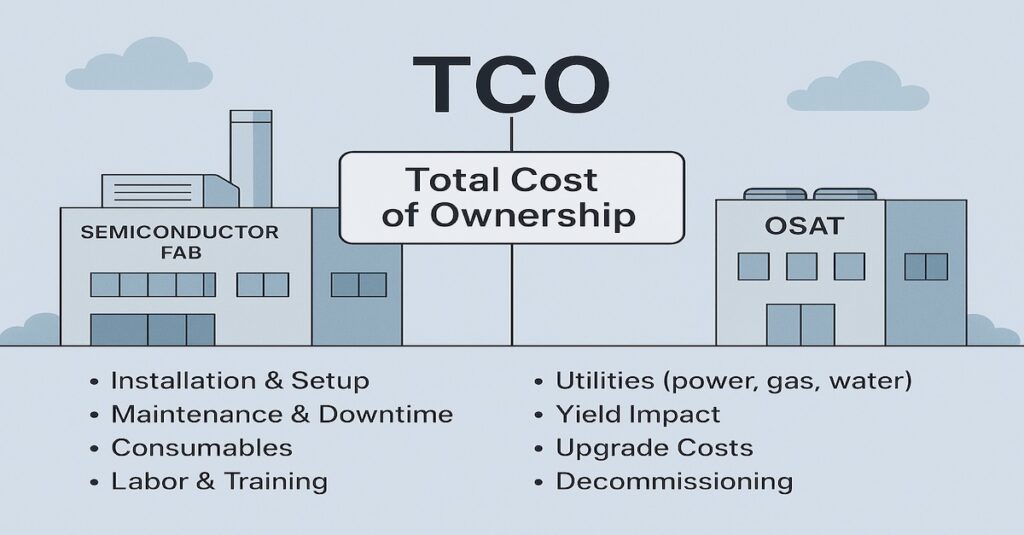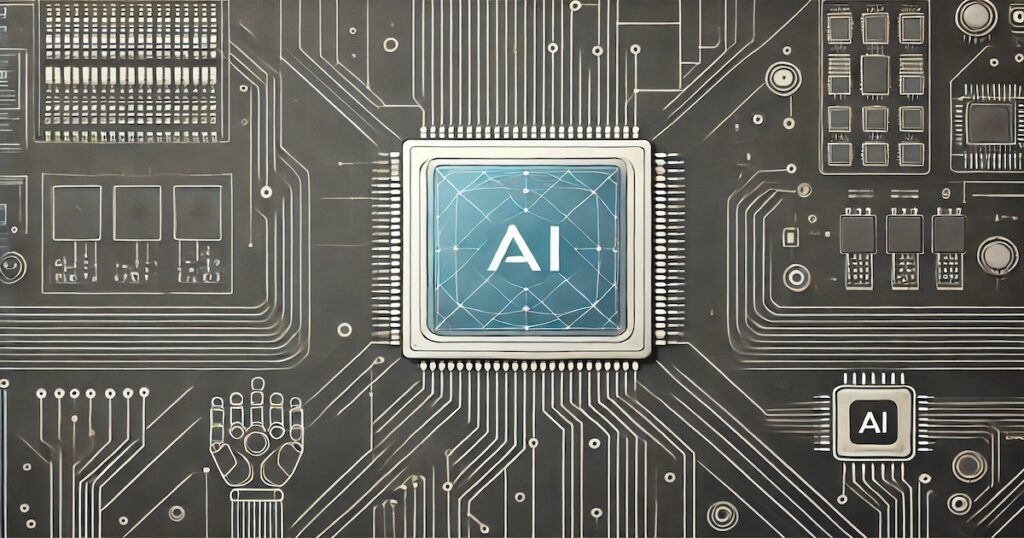Image Generated Using DALL-E
The Rise Of Open-Source Semiconductor Design
Traditionally, semiconductor design has been a highly proprietary field dominated by closed ecosystems and tightly controlled intellectual property frameworks. Major industry players have historically maintained strict control over processor architectures, electronic design automation (EDA) tools, design methodologies, and fabrication processes.
While this model delivered consistent innovation and robust technology roadmaps, it also created significant barriers to entry due to costly licensing agreements, complex proprietary toolchains, and limited transparency into underlying technologies.
However, a compelling shift toward open-source semiconductor design has begun reshaping this paradigm in recent years. Central to this movement is the rise of open Instruction Set Architectures (ISAs). Most notably, RISC-V, a modular, extensible, and license-free ISA, was initially developed within academic research environments.
Unlike traditional, proprietary ISAs, which require licensing fees and impose restrictions on customization, open-source architectures offer the semiconductor community the freedom to modify, enhance, and tailor processor cores and related subsystems to specific applications.
In parallel, the emergence of open-source EDA tools and design flows. Such as openly available RTL-to-GDS toolchains and community-driven physical design kits (PDKs) have further accelerated this shift. Open-source EDA solutions democratize access by enabling a wider range of developers, startups, and research institutions to explore innovative chip designs without prohibitive upfront costs. Although still maturing compared to established proprietary platforms, these tools provide transparency, flexibility, and community-driven innovation.
This combination of open ISAs, openly accessible EDA tools, and freely available design resources is gradually transforming semiconductor design from a closed, resource-intensive field to a collaborative and broadly accessible discipline.
The implications are profound: Innovation can occur faster, experimentation can be more widespread, and participation from academia and smaller enterprises can flourish, ultimately fostering a more diverse and dynamic semiconductor ecosystem.
Real Potential: Benefits and Success Stories
Open-source semiconductor design brings tangible benefits and measurable real-world outcomes, reflecting its growing viability and potential.
| Benefit | Description | Example or Success Story |
|---|---|---|
| Customization and Flexibility | Freedom to customize open-source ISA cores, adding specialized instructions optimized for unique workloads. | AI accelerators leveraging open ISA cores with custom vector instructions to enhance machine-learning workloads. |
| Cost Efficiency | Significant reduction in licensing fees, enabling affordable access to EDA tools, IP cores, and design flows. | Startups leveraging open-source RTL-to-GDS toolchains and publicly available PDKs to prototype chips affordably. |
| Innovation Acceleration | Faster design cycles enabled by community-driven contributions, collaborative design processes, and reusable IP blocks. | Academic groups successfully implementing open-source microcontrollers into silicon prototypes within months, significantly shortening time-to-market. |
| Enhanced Security And Transparency | Full transparency into hardware implementations facilitates improved security auditing, risk reduction, and reliability verification. | Open-source cores widely adopted for safety-critical and security-focused embedded applications, where transparency enables rigorous verification. |
| Community-Driven Ecosystem | Active global communities contribute code, documentation, testing, and knowledge sharing, accelerating development and adoption. | Rapid ecosystem expansion, with community-led development of mature libraries, IP modules, and design automation scripts freely shared online. |
| Real-World Deployment | Open-source ISAs and EDA tools now actively deployed in commercial products, demonstrating production-level maturity and trustworthiness. | Open-source microcontrollers widely adopted in IoT sensors and embedded systems in commercial deployments globally. |
Practical Limitations: Challenges and Hurdles
While open-source semiconductor design offers substantial potential, practical challenges currently restrict its widespread adoption. Foremost among these is the maturity gap between open-source electronic design automation (EDA) tools and established proprietary counterparts. Open-source toolchains often lag in advanced features, comprehensive documentation, and extensive industry-standard verification flows.
Additionally, open-source ecosystems struggle with consistency, especially around standardization of libraries, IP cores, and fabrication process compatibility, leading to reliability and repeatability concerns in mission-critical applications.
Furthermore, intellectual property (IP) protection and governance present significant hurdles. Open-source semiconductor initiatives inherently raise questions about IP infringement risks, patent liabilities, and clear licensing terms. The absence of universally accepted governance models and IP frameworks creates hesitation among companies, particularly those serving automotive, aerospace, or healthcare sectors, where stringent reliability, security, and compliance requirements demand robust legal and operational clarity.
Without addressing these critical IP and governance concerns, large-scale commercial adoption of open-source semiconductor designs will continue to face resistance and cautious scrutiny.
Takeaway: Real Alternative Or Wishful Thinking
Open-source semiconductor design is neither entirely wishful thinking nor a complete replacement for established proprietary solutions, rather, it represents a viable and increasingly impactful complement within the broader semiconductor landscape.
The momentum behind open-source ISAs, EDA tools, and collaborative community projects demonstrates real-world applicability, particularly in innovation-driven fields like embedded systems, research prototyping, and academic exploration.
However, challenges such as tool maturity, intellectual property governance, and standardization must be realistically addressed for broader industry acceptance. Ultimately, the future likely lies in a hybrid ecosystem, where open-source models coexist and integrate seamlessly with proprietary technologies, each leveraging their strengths.
For open-source semiconductor design to become a mainstream alternative, continued investment in tooling, clear legal frameworks, and robust community-industry collaboration are essential. With these foundations, the promise of open-source semiconductor design can evolve beyond optimism into a sustained, practical reality.





